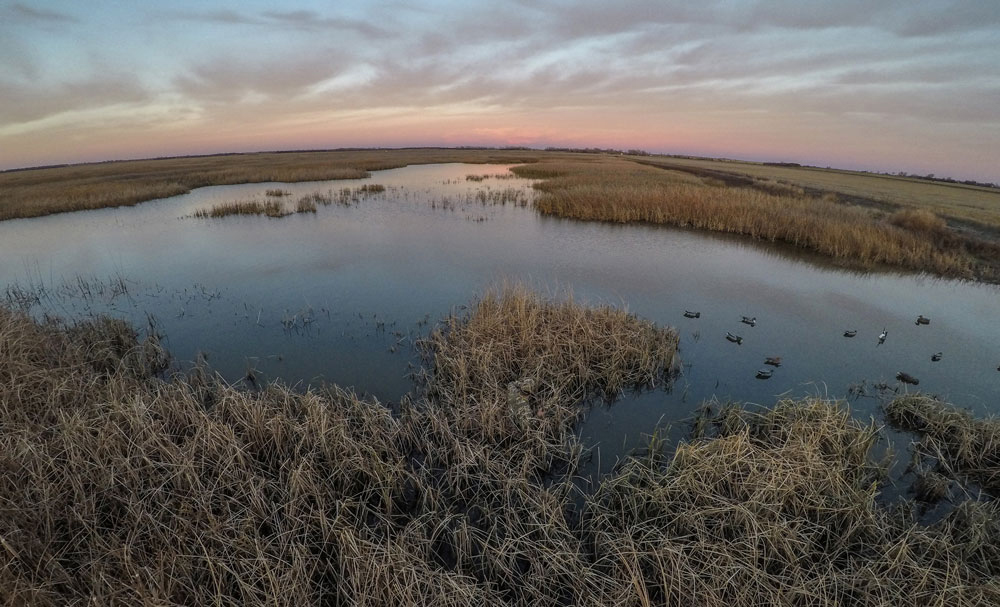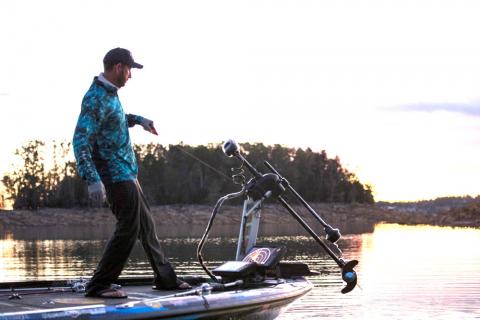Brian McCombie

On Tuesday, August 4, 2020, President Donald J. Trump signed into law H.R. 1957, The Great American Outdoors Act, hailed by many in the outdoors community as the most important conservation legislation in a generation.
As we reported earlier this year at MossyOak.com, the Great American Outdoors Act will provide $9.5 billion over the next five years to fix crumbling infrastructure on America's public lands and waters. The National Park Service will receive $6.5 billion in that funding, with another $3 billion allotted to repair and maintain public land infrastructure overseen by the Bureau of Land Management, U.S. Fish and Wildlife Service, and U.S. Forest Service.
All of these agencies, of course, manage public lands that provide critically important recreational opportunities for America's anglers, hunters, and recreational shooters, as well as many other outdoor activities.
As President Trump noted during the signing ceremony,
“For more than 50 years, Congress has struggled to adequately fund land and water conservation, leading to a never-ending backlog of maintenance and other critical needs in our parks and public lands. Today, more than 5,500 miles of road, 17,000 miles of trails, and 24,000 buildings are in critical need of repair; they have been for a long time. Many are closed, boarded up.”
The President added, “Earlier this year, I called on Congress to pass legislation that would end this maintenance backlog once and for all. Today we’re making the most significant investment in our parks since the administration of the legendary conservationist President Theodore Roosevelt.”
The Great American Outdoors Act received very strong bi-partisan support in both houses of Congress, as seen in the votes on the Act: 73 Yes to 25 No in the US Senate; and, 310 Yes to 107 No in the US House.
The Act also had the enthusiastic support of dozens and dozens of the nation’s top conservation organizations, including Ducks Unlimited (DU), the National Wild Turkey Federation (NWTF) and the National Deer Alliance and the Quality Deer Management Association.
“The truly bipartisan nature of this bill is commendable, and the President’s signature today puts the finishing touches on what will go down as one of the great conservation achievements of our lifetime," said DU CEO Adam Putnam. “Now that it’s the law of the land, we look forward to working with our partners at federal and state agencies, and in the conservation community, to help deliver this law’s ambitious promises to improve the American landscape for generations to come.”
Nick Pinizzotto, president and CEO of National Deer Alliance and the Quality Deer Management Association called the Act an, “historic victory for conservation and public lands.”
Pinizzotto noted that the Act provides full funding, at $900 million a year, for the Land and Water Conservation Fund (LWCF), a very successful program, which pays for conservation and public access projects across the nation.
“Almost every American has had a LWCF project completed close to where they live and recreate, and permanent funding of the program is particularly a big win for deer hunters who often rely on public lands,” said Pinizzotto. “When you consider that about eight out of every 10 people who hunt pursue big game, making sure they have a quality place to go helps ensure their continued participation--which further fuels wildlife conservation across the country.”
For example, over 246 million acres or 99-percent of Bureau of Land Management properties are open to hunting and fishing. And 99-percent of the Forest Service’s 193 million acres are open to hunting, with the same percentage of its rivers, streams, and lakes open to fishing.
Taken all together, the lands administered by these federal agencies annually support more than 25 million hunting days and nearly 45 million fishing days. Additionally, funding for the maintenance backlog will create over 100,000 employment opportunities.
“Hunters play a vital role in natural resource conservation, from funding the work to acting as important instruments in scientific wildlife management,” NWTF CEO Becky Humphries said. “Lack of access to public hunting land with good habitat and sustainable game populations is often noted as a reason hunters drop out of the tradition or potential new hunters just don’t try it. Ensuring access to bountiful lands is one component in turning around declining hunter numbers and encouraging more to seek the outdoors for organic protein and a healthy lifestyle.”






























